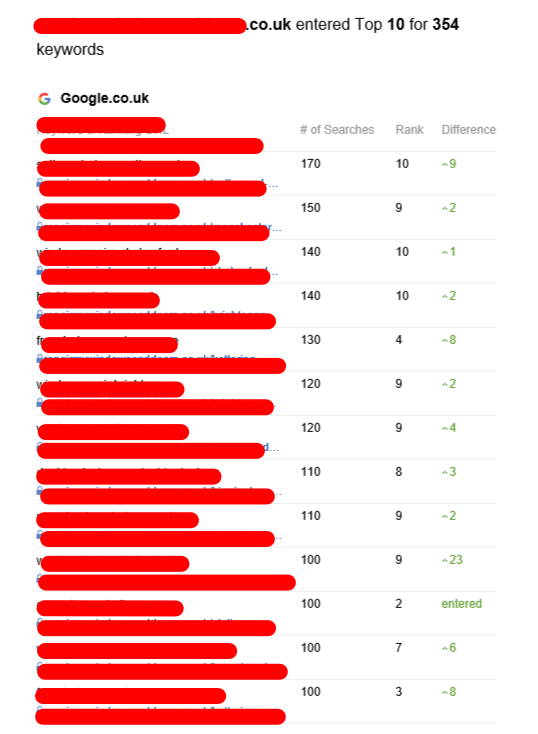Backlink Tier - The Hierarchy of Backlinks That Scale Your SEO Campaign
Backlink tier is the hierarchy of backlinks that you construct to scale your SEO campaign. Each level adds an additional layer of protection against Google hounding you with penalties.
To be successful, you'll need to spend time and effort. time. Google takes weeks to discover and analyze new backlinks.
First-Tier Links
These links must be of high-quality and dofollow from reliable websites. These links are known as Tier 1 backlinks, and they are the foundation of your link-building strategy. They give your site enough domain authority for it to rank well on search engine result pages. For instance, if your blog post is published on HubSpot and it has the tier one hyperlink to SearchEngineLand's compilation of Link Building Statistics, then SearchEngineLand's website rankings will get an increase from the link equity passed down by HubSpot.
The second tier of backlinks may be a bit more diverse, and they can include low-quality links such as spammy forum posts, or low-value bookmark websites and directories. The main objective for Tier 2 is to create high-quality content that can be linked to your first-tier backlinks. This is because quality content will improve the content in the context in which it is placed, and will not stand out as something that is added to SEO purposes.
To create a successful tiered campaign, you'll need to invest in quality content and tools like RankerX or GSA. 2 tier backlink and effort spent doing a tiered marketing campaign manually is worth it if you want to see the improved rankings of a well constructed backlink pyramid.

Second-Tier Links
Tiered link building is designed to funnel users through different pages before reaching your website. It is essential to select relevant second-tier sources of backlinks that are relevant to your business and website to accomplish this. Contrary to profile profiles, guest blog posts perform well for this purpose because they provide content that people want to consume.
In general, avoid using tier 2 links on forums or on other low-quality websites. Instead, use high-quality pages like industry news or guest articles. These links will be more natural and will have greater impact on your search engine rankings. They're also more likely to be identified as having earned link equity by Google, which can increase the value of their rank in SERPs.
If you're building tier two links in the hopes of improving your SEO rankings It is important to be aware that it is difficult to acquire these types of high-quality backlinks on your own. It can take a long time to offer guest posts to top publishers, and even longer them to be published. In addition, it can take weeks to see outcomes of your efforts when it comes to generating new traffic and onsite conversions.
Alternatively, many SEOs turn to automated tools to build links that are second-tier. This could be in violation of Google's Webmaster Guidelines and result in penalties.
Third-tier Links
This level contains a huge number of links, some of which are borderline spammy. They are posted on social media platforms and on user-generated content sites like Quora. They are used to index tier 2 links but they do not pass link equity to the promoted resource. In general, they are nofollow links. At this point marketers are more focused on quantity rather than quality. They employ tools to publish an huge amounts of links on forums, in the comment sections of blog posts and articles, in directories and other similar locations. This is the place where tiered linking becomes a gray area and violates Google's webmaster rules.
Link-building campaigns that are categorized require a lot of time and effort to be successful. Google may take months or even days to rank a backlink. It can take weeks or months to see the SEO effects. Marketers should be patient and utilize a carefully-planned content strategy.
Additionally marketers should avoid using numerous automation tools for this tier of linking. These tools could violate rules regarding search engine optimization and could result in penalties. It is recommended to manually select and publish links on relevant donor websites instead of using automated systems such as GSA or RankerX. This will prevent the search engine from penalizing a promotion by removing links of poor quality.
Fourth-Tier Links
Tiered link building is a popular method to boost ranking of websites. Since Google has made major efforts to eliminate "black-hat" SEO techniques, tiered link building methods have been slowed down.
This is because they're considered gray-hat in the SEO world and can be penalized if used improperly. Tiered links are backlinks constructed on different levels of an underlying pyramid of links. They are typically used to improve a site's rank in search results. This way, the promoted web page will be more prominent than its competitors and draw more organic traffic.
This is a lower-quality tier of backlinks and is typically nofollow. This tier can also comprise low-quality directories, article networks and social media profiles. These links can be made naturally or using strategies for automation. However they should be distinct in terms of domains, niches and their relevance.
In addition to their low-quality, nofollow nature, these backlinks can also cause problems if not well-diversified enough. Google has a team of highly-trained hounds who are constantly looking for patterns and techniques in backlink profiles. If they find them not only can the link-building group be penalized, but so can its clients.
